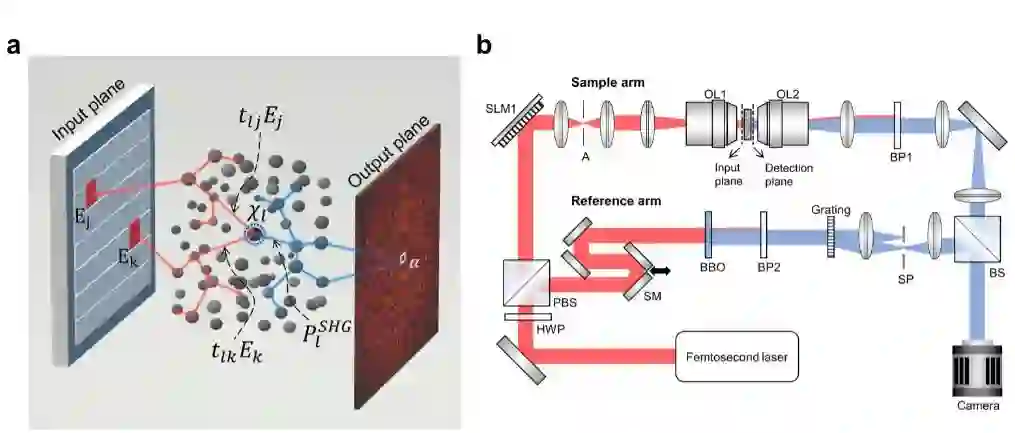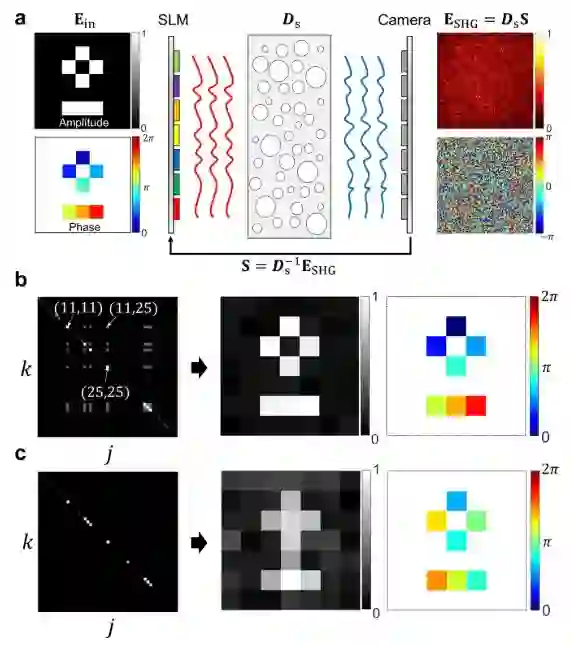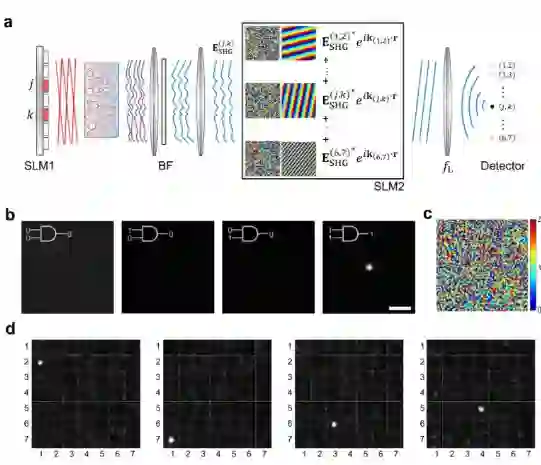In a remarkable stride toward advancing optical computing and machine learning, a team of researchers has successfully found a way to decode the complex patterns formed when light passes through scattering media like frosted glass. This research not only opens up new possibilities in data encryption but also lays the groundwork for building future optical processors that are faster and more secure.
Cracking the Code Behind Scattered Light
Light traveling through opaque materials such as ground glass or biological tissue becomes scrambled—rendering the original information unrecognizable. Traditionally, this scattering has been viewed as a major obstacle, particularly in imaging or signal processing. However, the latest breakthrough by Professor Choi Wonshik and his team at the Institute for Basic Science (IBS) Center for Molecular Spectroscopy and Dynamics (CMSD) flips this challenge into an opportunity.
The researchers discovered that the relationship between optical inputs and outputs in a nonlinear scattering medium can be captured using a third-order tensor, a mathematical structure far more powerful than the simple matrices used in previous models. This finding is crucial because it allows scientists to describe and potentially reverse the “scrambling” process caused by such materials.

From Imaging to Information Recovery
Back in 2010, initial attempts were made to reclaim data lost in scattering, particularly in biological tissues. These efforts typically relied on linear scattering matrices—useful in modeling light behavior but limited in complex scenarios.
Professor Choi’s team had already made strides in this area, developing advanced optical systems capable of imaging through materials as dense as mouse skulls. Their work combined adaptive optics with custom-designed hardware and software to capture clearer biological images.
However, things become exponentially more difficult when nonlinearity enters the picture. Nonlinear scattering media—often filled with specialized nanoparticles—generate new light frequencies, making the light’s path even harder to trace. Because the response violates the principle of superposition (meaning the whole is not simply the sum of its parts), traditional methods fall short.
The Power of Tensors
This is where the third-order tensor model comes in. Unlike vectors (1D) or matrices (2D), a third-order tensor is a 3D array that can represent far more intricate relationships between data points. By applying this model, Choi’s team could track and reconstruct how light behaves even in a nonlinear, chaotic medium.

To test their model, the team used barium titanate nanoparticles, known for their nonlinear properties and ability to produce second harmonic generation (SHG) signals. These SHG signals are emitted at twice the frequency of the input light and are highly sensitive to the light’s electric field.
The researchers took a novel approach: they compared outputs from individual light channels and combinations of two channels to isolate cross-terms—the extra components introduced due to nonlinearity. This required over a thousand separate measurements for just 49 input channels, underlining the complexity of their work.
A New Era of Optical Encryption and Logic
Once the tensor was established, the team demonstrated two powerful real-world applications: optical encryption and logic gates.
For encryption, they showed that when image data is passed through a nonlinear scattering medium, the resulting SHG signals appear as random speckles—an encrypted version of the input. Without knowing the tensor, these outputs are meaningless. But using the tensor model, the original image could be reconstructed, effectively “decrypting” the scattered light.
This method provides significantly better security than traditional optical encryption, which often relies on linear models that are more susceptible to decoding.
Even more impressively, the team developed an all-optical AND logic gate using digital phase conjugation, a process that reverses the direction of light waves. The gate activates only when two specific input channels are on at the same time—perfect for constructing future optical circuits that run at light speed and consume less energy than silicon-based ones.

Looking Ahead: Optical Machine Learning
This breakthrough hints at a promising future for optical computing, where information is processed using light rather than electricity. In particular, the team believes their model could play a crucial role in all-optical machine learning, where layered optical systems perform AI calculations with high speed and energy efficiency.
“In the growing field of optical machine learning, nonlinear layers are key to improving model performance. We’re currently exploring how our tensor-based approach could be incorporated,” said Professor Choi.
Conclusion
By redefining how we understand and interact with scattered light in nonlinear environments, this research paves the way for faster, smarter, and more secure computing systems. Whether it’s decrypting scrambled images or building futuristic optical logic gates, this work marks a major leap forward in harnessing light’s full potential.












